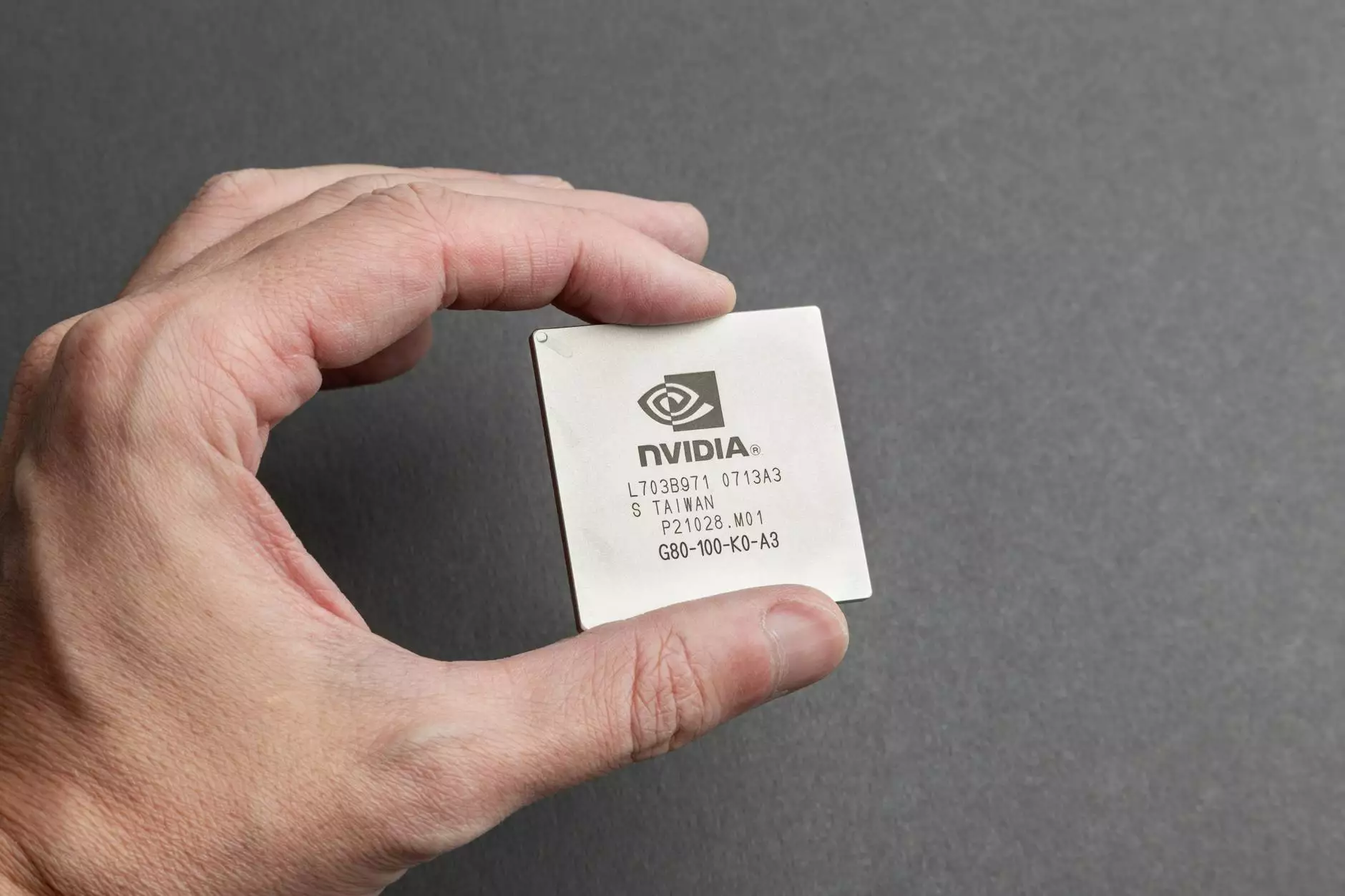The Essential Role of Gynecology Instruments in Women's Health

In the realm of women's health, few things are as critical as the proper use of gynecology instruments. These tools are not merely equipment; they represent a synthesis of technology, precision, and care dedicated to enhancing women's health outcomes. In this comprehensive guide, we delve into the world of gynecology instruments, discussing their importance, types, usage, and much more.
Understanding Gynecology Instruments
At its core, gynecology focuses on the health of the female reproductive system, which includes the uterus, ovaries, fallopian tubes, and vagina. Gynecology instruments play a pivotal role in diagnosing, monitoring, and treating various health issues related to these organs. From routine examinations to complex surgical procedures, the right instruments ensure safety, efficacy, and patient comfort.
The Importance of Quality in Gynecology Instruments
When it comes to medical tools, quality is paramount. Here's why investing in high-quality gynecology instruments is essential:
- Patient Safety: High-quality instruments reduce the risk of complications and ensure safe procedures.
- Precision: Accurate instruments allow for precise interventions, which is crucial in gynecological care.
- Durability: Quality tools are long-lasting, resulting in lower replacement costs over time.
- Hygiene: Well-made instruments are easier to sterilize and maintain, reducing infection risks.
Types of Gynecology Instruments
Gynecology instruments can be categorically divided into several groups based on their use. Here are some of the most common types:
1. Diagnostic Instruments
These instruments are essential for diagnosing various gynecological conditions:
- Speculums: Used to dilate the vagina for examination of the cervix.
- Colposcopes: Optical instruments that allow for detailed examination of the cervix and vagina.
- Ultrasound Transducers: Used for imaging the reproductive organs to visualize abnormal conditions.
2. Surgical Instruments
Surgical instruments are designed for use in procedures ranging from minor surgeries to complex operations:
- Endoscopes: Used for minimally invasive surgeries, allowing visualization and surgical interventions through small incisions.
- Forceps: Grasping tools used to hold or manipulate tissue during surgery.
- Scalpels: Surgical knives used for making incisions.
3. Therapeutic Instruments
Therapeutic instruments are utilized in treatments and interventions:
- Curettes: Instruments used for scraping tissue, often in procedures like D&C (dilation and curettage).
- Injection Needles: Used for administering medications and vaccines.
- Catheters: Hollow tubes for draining fluids or delivering medications within the body.
Advancements in Gynecology Instruments
With the continual advancement of technology, gynecology instruments have seen significant improvements. Innovations include:
- Robotic Surgery: Minimally invasive techniques that reduce recovery time and improve surgical outcomes.
- Smart Instruments: Tools equipped with sensors that provide real-time data to enhance precision and safety.
- 3D Imaging: Technologies allowing for better visualization of anatomical structures during procedures.
Choosing the Right Gynecology Instruments
When it comes to selecting gynecology instruments, several factors should be considered:
- Purpose: Understand the specific needs of your practice and the patients you serve.
- Quality Standards: Ensure that the instruments comply with medical standards and regulations.
- Supplier Reputation: Work with suppliers who are known for their quality and reliability, such as new-medinstruments.com.
The Role of Gynecology Instruments in Patient Care
Gynecology instruments are vital not just for procedures but also in enhancing the patient care experience. Here’s how:
- Enhanced Comfort: Quality instruments are designed with patient comfort in mind, reducing discomfort during exams and procedures.
- Improved Communication: Advanced diagnostic instruments provide clear results that aid in patient discussions and shared decision-making.
- Trust and Confidence: Utilizing high-quality instruments reassures patients about the standards of care they are receiving.
Conclusion
The world of gynecology instruments is vast and continually evolving. As we have discussed, gynecology instruments play a critical role in women's health, facilitating everything from routine examinations to complex surgical procedures. Investing in quality instruments from reputable suppliers like new-medinstruments.com is essential for providing the best possible care. By prioritizing safety, comfort, and precision, healthcare providers can significantly improve health outcomes for women everywhere.
In summary, understanding the types, importance, and advancements in gynecology instruments can make a substantial difference in the landscape of women's health care. The tools used in these critical examinations and surgeries should not be taken lightly, as they embody the intersection of medical science, technology, and compassionate care.









